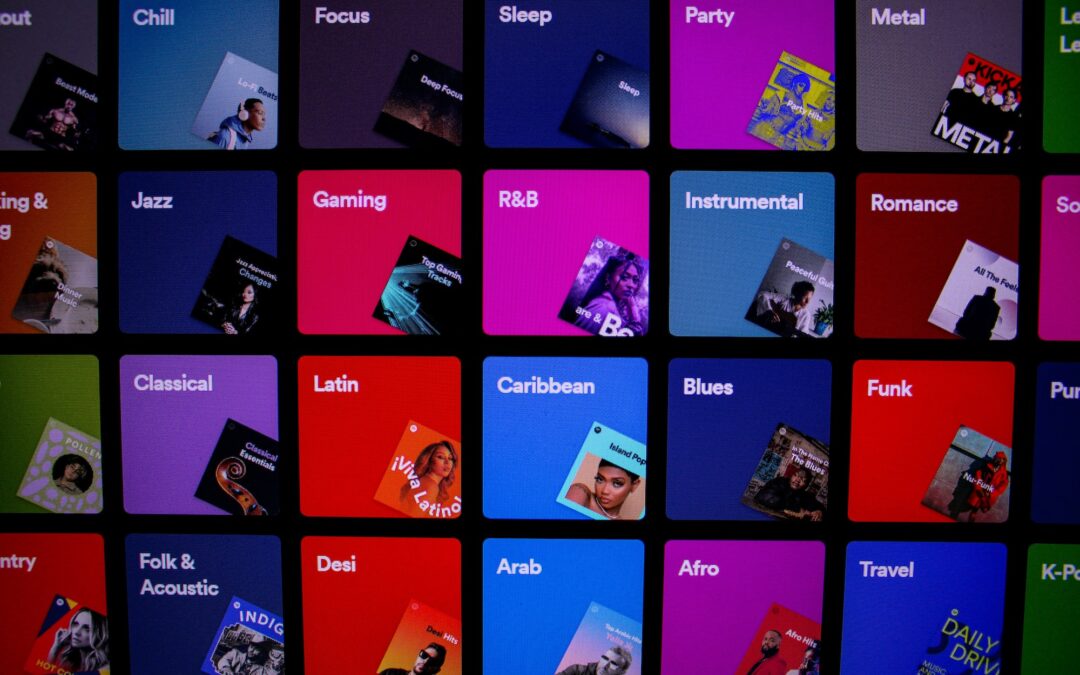Remember our last article, when we said we wouldn’t convince you to make your own podcast? That was true, but if your brand is open to creatively expanding your marketing efforts, you might actually be wondering if a podcast could be a good fit for your business.
Branded podcasts are certainly an intriguing idea. They serve as the audio form of content marketing and can help your business reach a new audience of relevant listeners. As you start planning your podcast, keep in mind that this project can often be more work than people expect. Channel your excitement developing a bank of interesting content for the show, as well as blocking out time to both record and edit your episodes.
If you’re ready to take on the commitment, dive into the world of branded podcasts with us to get started.
Choosing Your Theme
One of the biggest decisions you have to make for your podcast is the overarching theme and topic of your series. As with podcast ads, the biggest thing to consider is your audience’s interests and the topics they care about most. It can be helpful if your podcast focuses on industry issues, but you can also venture into related themes to create a more enticing show. For example, if you run a painting business, a podcast about the best painting strategies might be technically relevant, but your audience may be far more invested in a podcast that discusses paint color and interior design choices. If you can find a topic that balances both business relevancy and audience interest, that’s your winner.
How to Approach Podcasting
As for the format of your branded podcast, there are a number of different options to choose from. Some brands decide to host interviews, some tell stories, some give news updates while others discuss hot industry topics. There’s also no rule on how long your podcast has to be, or how often you have to publish an episode. Episodes can be as short as 15 minutes or as long as an hour, and some series choose to publish multiple times a week, while others create new shows only a couple times a month.
General Electric was one of the first brands to start a successful narrative podcast, called “The Message.” The show decoded fictional extraterrestrial messages using GE’s technology and told entertaining new stories on each episode. “The Message” even became the first branded podcast to reach #1 on the iTunes podcast charts. They produced just eight episodes of the show, but it’s still earning new listeners and credited as one of the best branded podcasts.
Sephora took a different approach with their branded podcast #LIPSTORIES. The series was inspired by a new line of Sephora lipsticks of the same name. On each episode, the podcast host interviewed an influential woman about their life story and how they got to where they are today. These women aren’t all in the beauty industry, but their stories are still the kind of content Sephora’s audience will be very interested and invested in.
Promoting Your Podcast
As your podcast gets up and running, it’s important to set realistic expectations for your brand from the beginning. The examples we just mentioned sound exciting and encouraging, but for most podcasts, it takes time to earn that kind of success. Keep in mind that your podcast may not see big numbers overnight, and that’s okay. With some time and effort, you’ll be able to grow a loyal listener base.
In order to start gaining traction, the first thing you’ll need to do is make sure your podcast is available on every major podcast aggregator, including Spotify, Apple Podcasts and Google Play. This is the easiest way for people to actually search, find and listen to your content. To make the process simpler, consider using a service that will distribute your podcast to all major platforms with the click of a button. Then, at the end of every episode, remind listeners to please subscribe to, share and review your podcast. The more engagement you get, the more it will attract other listeners, and as a result, your podcast audience will grow.
A podcast can also serve as a starting block for other forms of content that you can use to promote your show. After each podcast episode, break out the individual discussion topics and turn them into smaller pieces, such as articles, videos, infographics or social media posts. These items can widen your reach and help you get a ton of extra mileage out of the content you already have. Ultimately, they can serve as users’ introduction to your podcast and hopefully create a larger audience for your series.
If you choose to feature guests on your podcast, remember that you can also ask that they tap into their own social media networks to promote their episode. If the person was a good fit to come on your show, it’s likely that their audience would be interested in the other topics you discuss. It’s a win-win for both parties: they can promote their exposure, and you can earn some new fans who will keep coming back for future episodes.





0 Comments